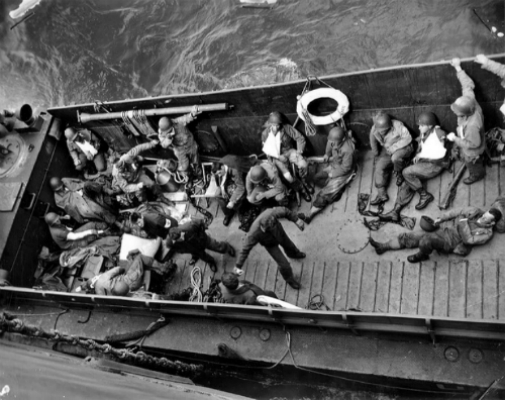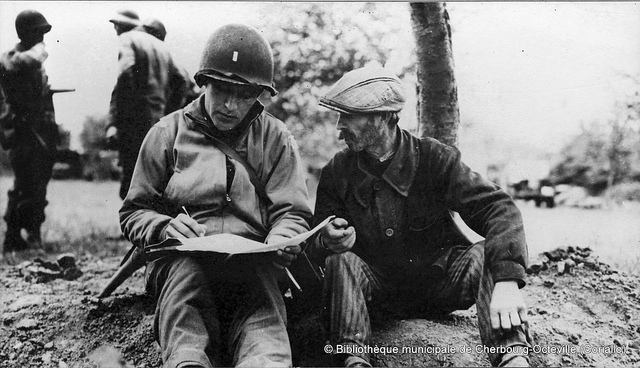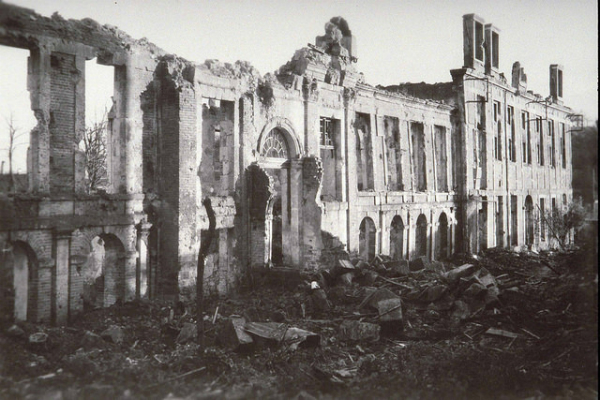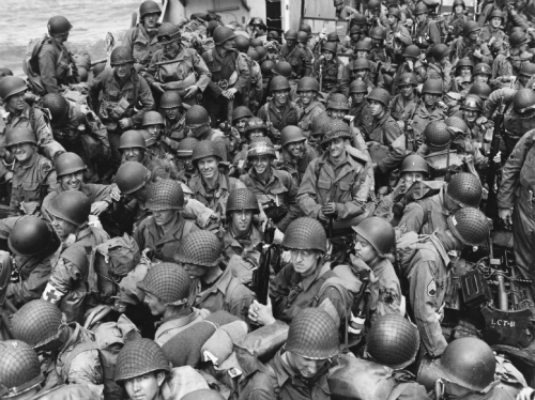D-Day: the longest day
Allied troops landed on the beaches of Normandy on 6 June 1944, although World War Two had begun on 1 September 1939. These troops were mainly American, British and Canadian but included 17 nationalities in total. Preparations for Operation Overlord had taken many months. It opened up a new front in Europe and is considered today as a decisive turning point which led to the capitulation of the Third Reich on 8 May 1945.
Incredible organisation was required, bringing together many nations in a bid to find a way to end the war. A key part of the Allied strategy, implemented over many months, was a vast deception plan, named Operation Fortitude, which initially suggested that the Pas-de-Calais region had been chosen for the landings.
But on 6 June 1944, it was Norman soil which was trampled on by some 156,000 men, along with more than 20,000 vehicles, 5,000 boats, 4,000 landing craft, 130 warships and 12,000 aircraft.
The hellish situation continues: the Battle of Normandy
The end of the Second World War was not yet in sight when the Allies landed on Normandy’s beaches on 6 June 1944. The following weeks were decisive, precipitating the fall of the Third Reich. More than two million soldiers fought in the summer of 1944 on Norman soil. Civilians found themselves at the centre of one of the greatest battles of the twentieth century. After three months of fighting, Normandy emerged from German occupation but this victory left a bitter taste: razed cities, ruined villages and a civilian death toll of 20,000.
Archive photos of the Allied landings and the Battle of Normandy.



